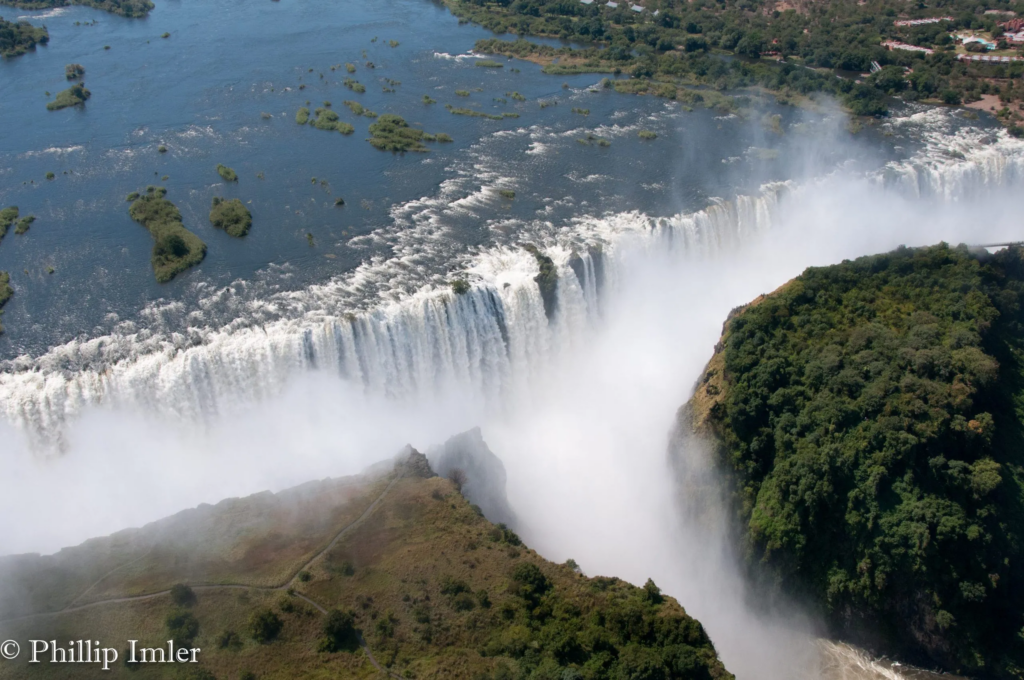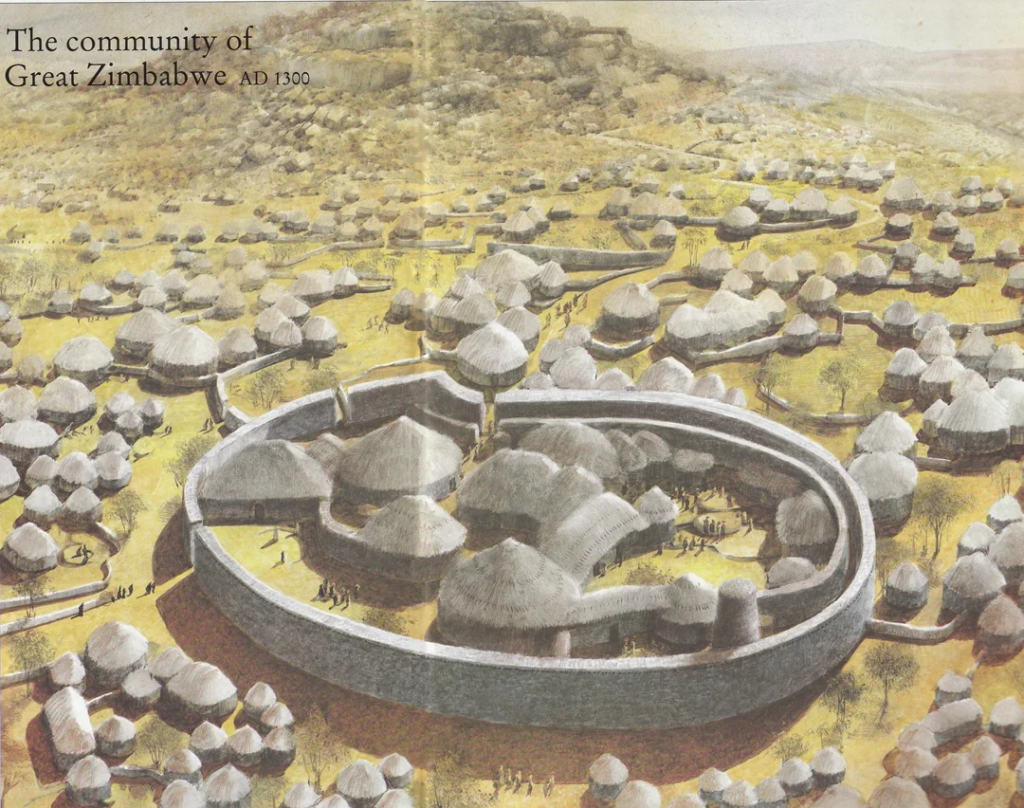Zimbabwe travel offers a unique blend of breathtaking landscapes, rich history, and vibrant cultures, making it a must-visit destination for any adventurous traveler. From the awe-inspiring Victoria Falls to the majestic wildlife in Hwange National Park, Zimbabwe is brimming with natural wonders and experiences that cater to various interests. This article will explore the top destinations for Zimbabwe travel, providing insights into what makes each location special and why they should be on your travel itinerary.
Victoria Falls: The Majestic Wonder
Victoria Falls is undoubtedly the crown jewel of Zimbabwe travel. Known as “The Smoke That Thunders,” this UNESCO World Heritage Site is one of the largest and most famous waterfalls in the world. Straddling the border between Zimbabwe and Zambia, Victoria Falls is an awe-inspiring sight, with a width of over 1,700 meters and a height of 108 meters. Visitors can enjoy a range of activities, from guided tours and boat trips on the Zambezi River to thrilling adventures like bungee jumping and white-water rafting.

The surrounding area also offers numerous attractions, including the Victoria Falls National Park, where visitors can spot a variety of wildlife, including elephants, giraffes, and various bird species. The town of Victoria Falls itself is well-equipped with accommodations, restaurants, and shops, making it a convenient base for exploring the area. Whether you’re marveling at the falls from various viewpoints or participating in adrenaline-pumping activities, Victoria Falls is an essential stop on your Zimbabwe travel itinerary.
Hwange National Park: A Safari Paradise
Hwange National Park is another highlight of Zimbabwe travel, renowned for its diverse wildlife and stunning landscapes. Covering over 14,600 square kilometers, Hwange is the largest national park in Zimbabwe and is home to one of the largest populations of elephants in Africa. The park boasts a variety of ecosystems, including savannahs, woodlands, and wetlands, which support an impressive array of wildlife, including lions, leopards, cheetahs, and an abundance of bird species.
Visitors to Hwange National Park can embark on guided safari tours, game drives, and walking safaris, allowing them to immerse themselves in the natural beauty of the park. The park’s waterholes are particularly popular for wildlife viewing, especially during the dry season when animals gather to drink. For those seeking a more exclusive experience, luxury lodges and tented camps offer comfortable accommodations and personalized safari experiences. A visit to Hwange National Park is a must for wildlife enthusiasts and nature lovers alike.
Great Zimbabwe: A Journey into History
Great Zimbabwe is an archaeological marvel and a testament to the country’s rich cultural heritage. This ancient city, which flourished between the 11th and 15th centuries, was the capital of the Kingdom of Zimbabwe and served as a center for trade and commerce. The impressive stone ruins, including the iconic Great Enclosure and the Hill Complex, showcase the advanced architectural skills of the people who once inhabited this area.

Visitors to Great Zimbabwe can explore the ruins and learn about the fascinating history of the civilization that built them. The site also features a museum that provides valuable insights into the artifacts and daily life of the people who lived there. A visit to Great Zimbabwe is not only an enriching experience but also an opportunity to appreciate the historical significance of this UNESCO World Heritage Site. Travelers interested in Zimbabwe travel should make it a point to include this destination in their itinerary.
Mana Pools National Park: A Natural Wonderland
Mana Pools National Park is a UNESCO World Heritage Site renowned for its pristine wilderness and incredible biodiversity. Located along the banks of the Zambezi River, the park offers breathtaking views and a variety of ecosystems, including floodplains, woodlands, and riverine forests. Mana Pools is particularly famous for its walking safaris, which allow visitors to explore the park on foot, offering a unique perspective on the wildlife and natural environment.
The park is home to a diverse range of animals, including elephants, hippos, lions, and various antelope species. Birdwatchers will also find plenty to delight in, with over 400 bird species recorded in the area. Camping along the riverbanks gives visitors the chance to experience the sounds of the African wilderness at night, creating unforgettable memories. For those seeking adventure and tranquility, Mana Pools National Park is a perfect destination within Zimbabwe travel.
Lake Kariba: A Serene Escape
Lake Kariba is one of the largest man-made lakes in the world, offering a unique escape for travelers looking to relax and unwind amidst stunning scenery. The lake is surrounded by picturesque landscapes, including mountains, forests, and wildlife-rich shorelines. Visitors can enjoy various activities such as fishing, boating, and sunset cruises, making it an ideal spot for both relaxation and adventure.
The area around Lake Kariba also offers a range of accommodations, from luxury lodges to cozy houseboats, providing options for every type of traveler. Wildlife enthusiasts can explore nearby national parks, such as Matusadona National Park and Chete Safari Area, which are home to elephants, buffalo, and diverse birdlife. Lake Kariba is a tranquil destination that complements the more adventurous aspects of Zimbabwe travel, offering a perfect balance of relaxation and exploration.
Bulawayo: The Cultural Hub
Bulawayo is Zimbabwe’s second-largest city and serves as a cultural hub that showcases the country’s rich heritage. Visitors can explore various museums, such as the Natural History Museum and the Railway Museum, which highlight the city’s historical significance and diverse wildlife. The city is also known for its vibrant arts scene, with galleries and theaters showcasing local talent.

A visit to Bulawayo is incomplete without exploring the nearby Matobo National Park, famous for its unique rock formations and ancient San rock art. The park is also the burial site of Cecil Rhodes, and visitors can hike to his grave for stunning views of the surrounding landscape. Bulawayo offers a unique blend of culture, history, and natural beauty, making it an essential stop for those traveling through Zimbabwe.
Conclusion
In conclusion, Zimbabwe travel is filled with diverse destinations that cater to various interests, from the breathtaking Victoria Falls to the historical significance of Great Zimbabwe. Whether you’re seeking wildlife adventures in Hwange National Park, exploring the cultural richness of Bulawayo, or relaxing by the serene shores of Lake Kariba, Zimbabwe offers something for every traveler. As you plan your journey, consider including these top destinations to experience the beauty and diversity that Zimbabwe has to offer.
FAQs
1. What is the best time to visit Zimbabwe?
The best time to visit Zimbabwe is during the dry season, which runs from May to October. This period offers cooler temperatures and excellent wildlife viewing opportunities, especially in national parks.
2. Is it safe to travel to Zimbabwe?
Yes, Zimbabwe is generally safe for travelers. However, it is advisable to stay informed about local conditions, take standard safety precautions, and remain aware of your surroundings.
3. What are the visa requirements for visiting Zimbabwe?
Visa requirements for Zimbabwe vary based on nationality. Many travelers can obtain a visa on arrival, while others may need to apply in advance. It is essential to check the specific requirements for your country before traveling.
4. What wildlife can I see in Zimbabwe?
Zimbabwe is home to a wide range of wildlife, including elephants, lions, leopards, cheetahs, buffalos, and various antelope species. Birdwatchers will also enjoy spotting numerous bird species throughout the country.
5. What cultural experiences can I expect in Zimbabwe?
Travelers can experience Zimbabwe’s rich culture through local crafts, traditional music and dance performances, and visits to historical sites such as Great Zimbabwe. Engaging with local communities can also provide valuable insights into their customs and traditions.



